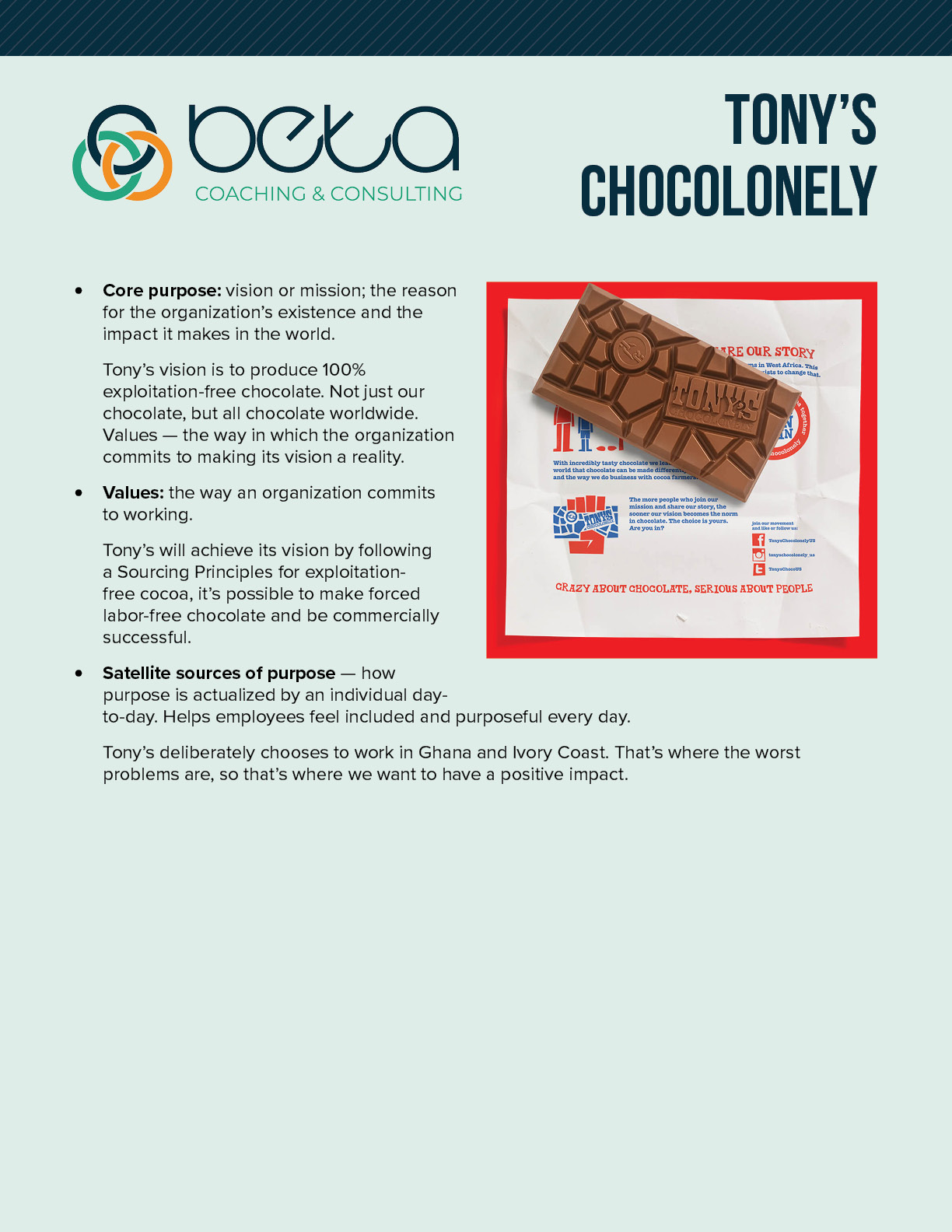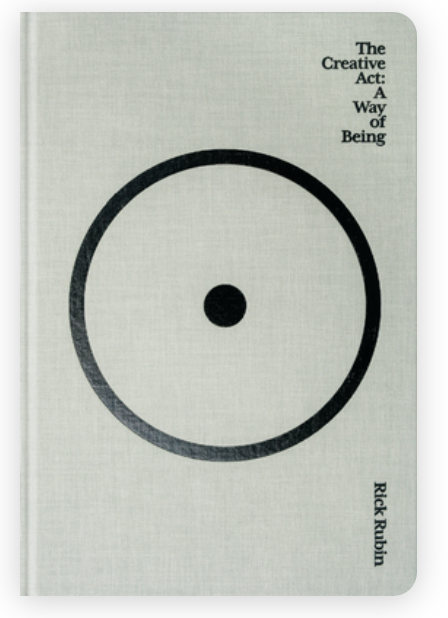Exploring the “how” more deeply requires slowing down to examine the way in which the organization’s cultural behaviors are [mis]aligned with its values and purpose.
The speed of the changes our society is experiencing calls us to be curious about why something is the way it is, and be open to gaining a deeper understanding to guide how processes are evaluated:
- By questioning the status quo.
- Marshaling your critical thinking about what is working and what is not.
- Coming to meaningful conclusions.
This rests on the ability to listen more — hearing as many perspectives — while suspending judgments. It calls for “radical candor,” which embeds psychological safety.
Even writing the phrase “radical candor,” I sense some hesitation in my body.
Given my professional experience, I recognize radical candor is on the spectrum. Also, each person brings their history and expectations to the conversation. As well, the person will only exhibit as much candor as they feel safe to do so, because individuals and organizations demonstrate behaviors that indicate it is safe to do so.
And we are all leaders in our own rights, even without a title.
Leading is a social process that involves a willingness to challenge the status quo, use critical thinking, and demonstrate humility, while being supported by a team.
No single leader has all the attributes needed to curate radical candor in their organization nor the ability to reflect the entirety of all, with all, for all, while remaining reasonable for most.
 By infusing psychological safety into the organization, leaders ensure and show their willingness to expand their understanding, the belief that it’s okay to be uncomfortable and encourage team members to get to the essence of difficult topics in an open and supportive manner.
By infusing psychological safety into the organization, leaders ensure and show their willingness to expand their understanding, the belief that it’s okay to be uncomfortable and encourage team members to get to the essence of difficult topics in an open and supportive manner.
A powerful social element of leadership is that it can inspire individuals to bring their best to the organization. Radical candor — psychological safety — benefits the organization and the workforce’s well-being. It imbues a feeling of being seen, heard, and respected, resulting in less stressed employees.
Resist Unnecessary Urgency
And organizations shoot themselves in the foot when they push their talent to be more productive by pressing them to work longer hours — totting up their key performance indicators (KPI), a dressed-up phrase for productivity — at the cost of their employees’ well-being.
What would happen if, as leaders, we took into account how we encourage and measure goals that prioritize employees’ well-being and how we motivate performance?
With the byproduct of a well organization, which is purpose-driven, creative, and healthy, inspiration occurs when new possibilities are seen.
There is a receptivity to outside influence, and there is a feeling of being energized.
Inspiration is inspired by purpose.
And when leaders reveal their purpose and how it aligns with the organization’s purpose — they inspire their talent to do the same.
Leaders who encourage employees to define their passion by aligning their actions with the organization’s purpose recognize the impact their work has on others and experience greater satisfaction.

As Gartner’s research shows, employees want a more “human value proposition.” They are asking for autonomy over where and when they work, engaging and applying themselves in a purposeful way.
A well organization values their talent.
They curate a culture by understanding what inspires and increases the performance of their talent.
When leaders slow down to speed up — they take care to care for their talent. Employees are less stressed, enjoy achieving good results, and are comfortable being themselves.
Employees can only bring their full abilities to bear when they have time to process and think creatively.
In our hypervigilant, hustle culture, where productivity is supreme and time is a status, how are we leaving space for what’s difficult and uncomfortable by redefining what it means for you and your organization to engage and inspire performance?


 Breaking it down, productivity is a mathematical equation of output divided by time. This concept has permeated every industry and adversely affected the way we work and measure our work.
Breaking it down, productivity is a mathematical equation of output divided by time. This concept has permeated every industry and adversely affected the way we work and measure our work. 



 Creating a safe enough space for colleagues to speak up and reinforce the organization’s values is key. Building these
Creating a safe enough space for colleagues to speak up and reinforce the organization’s values is key. Building these 


 A discovery session is
A discovery session is